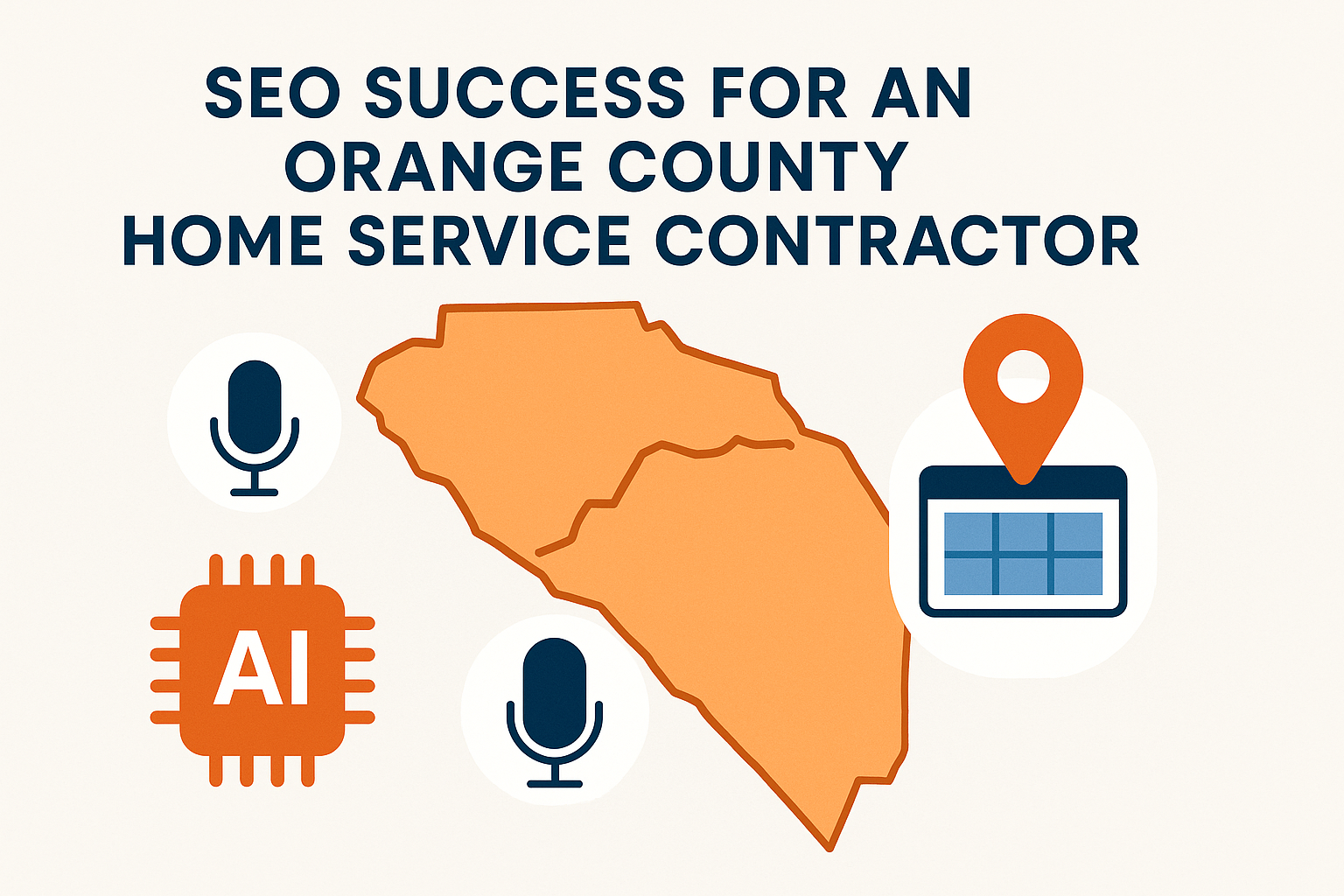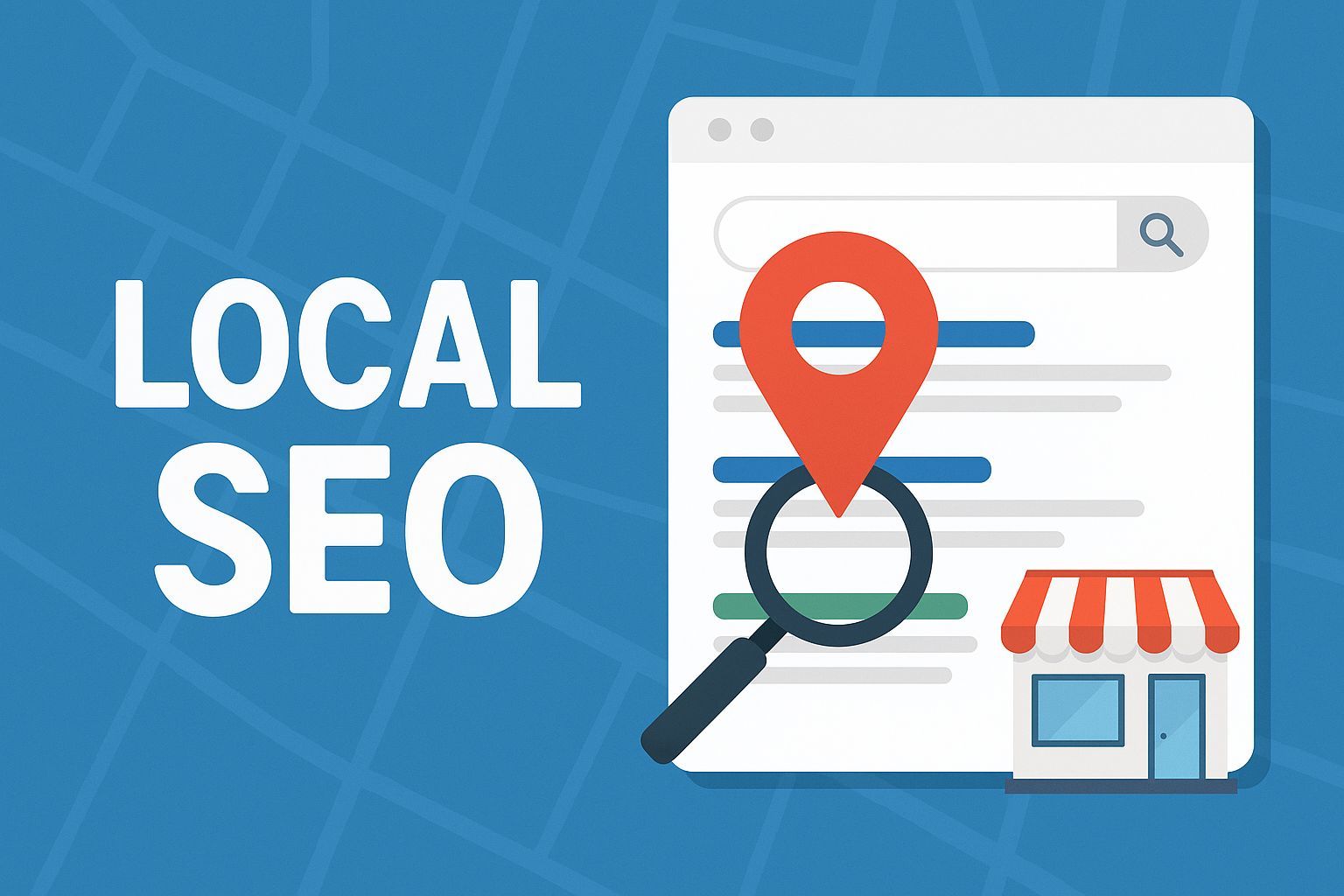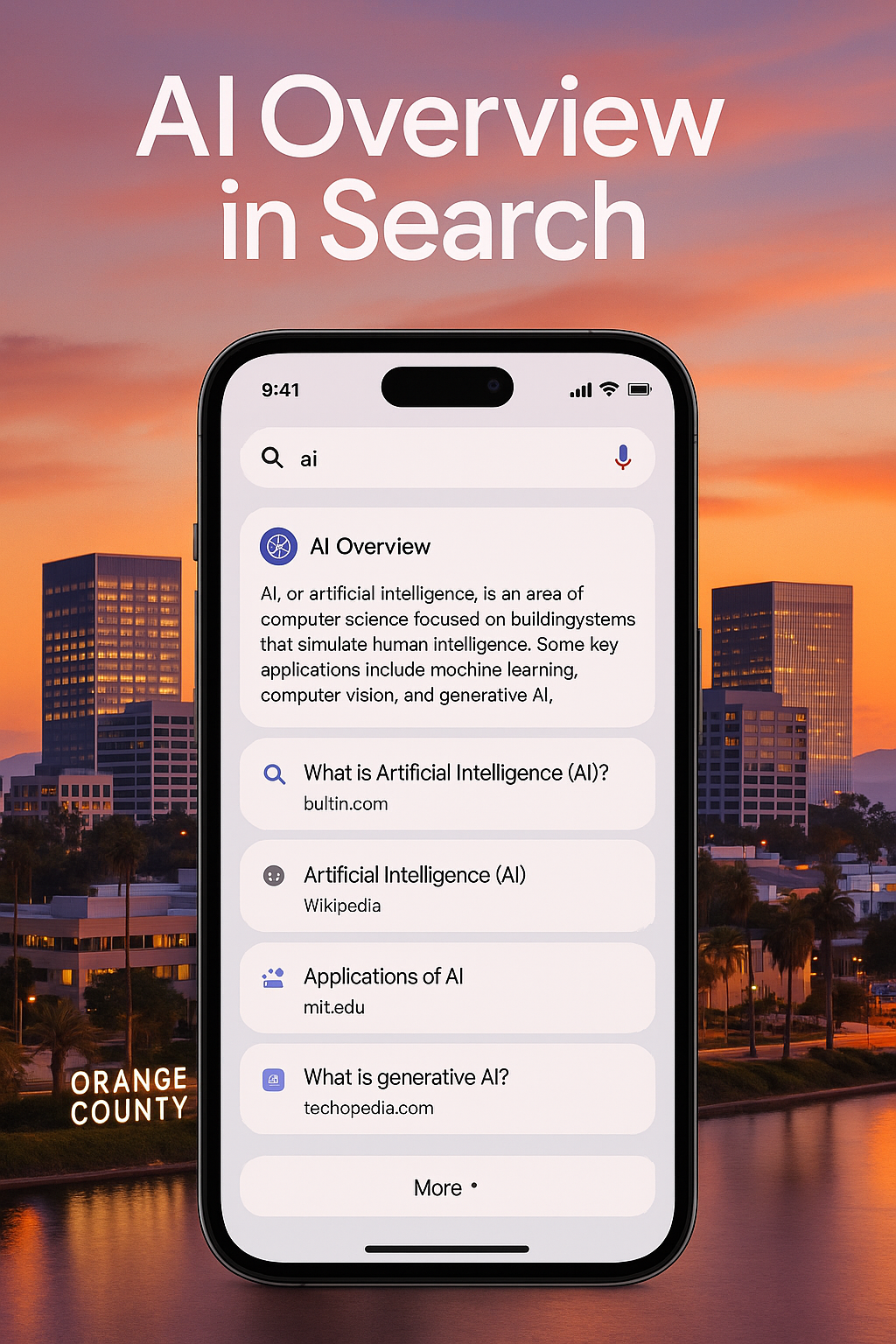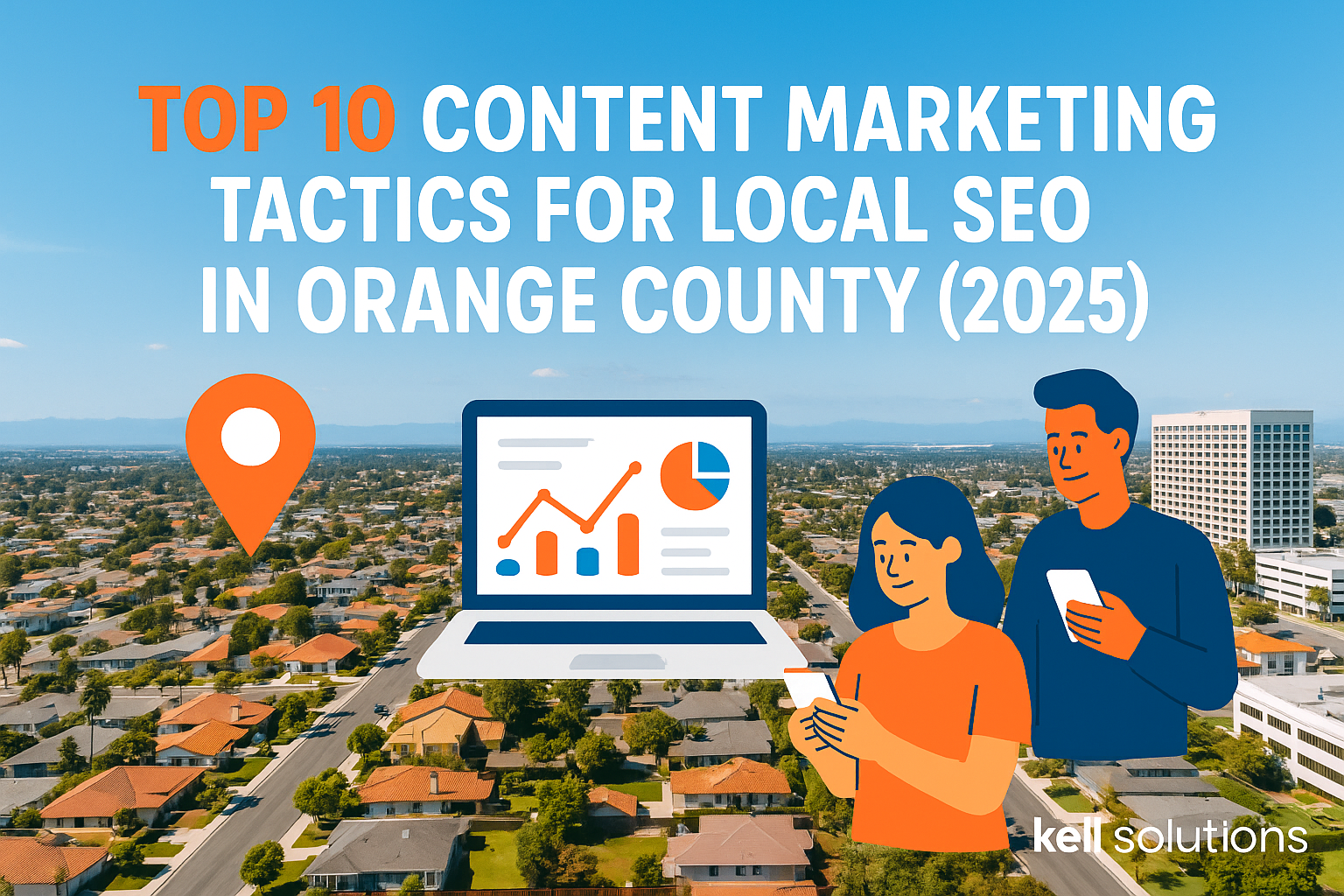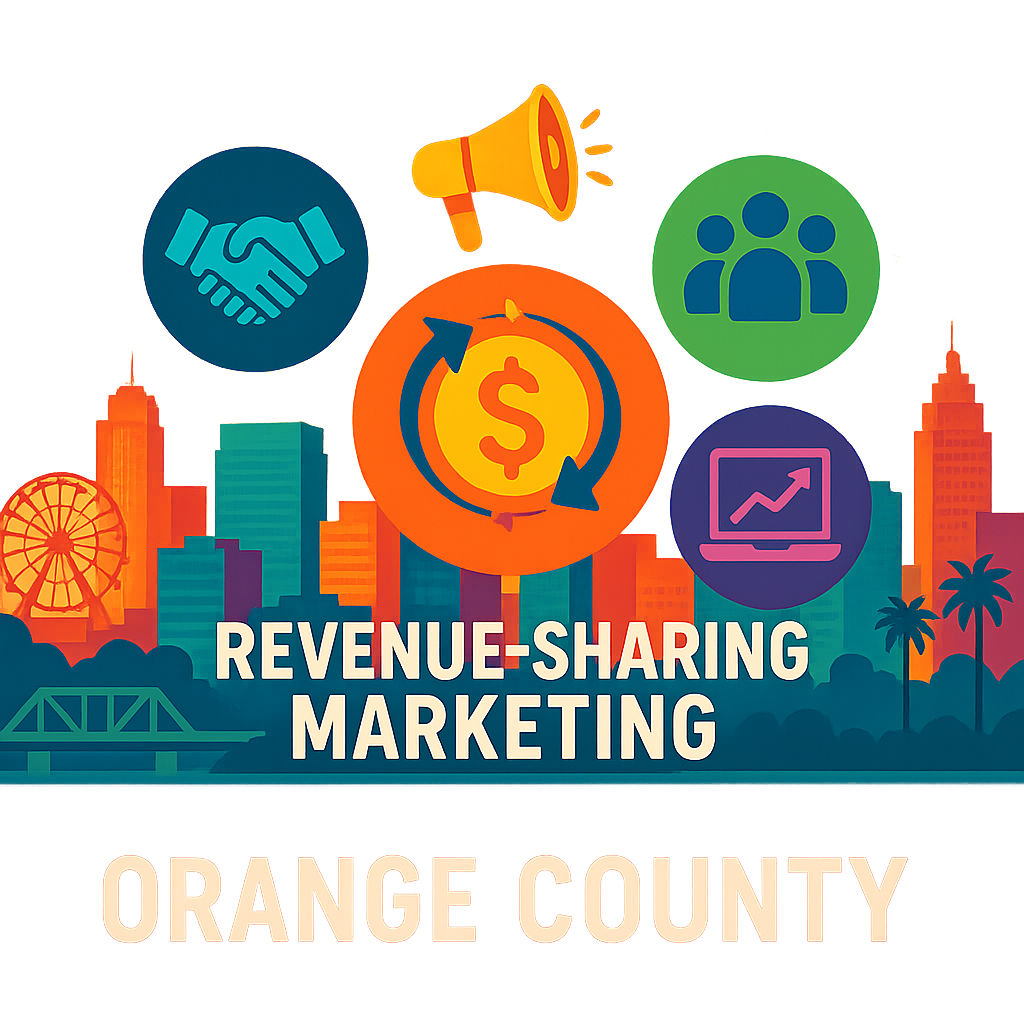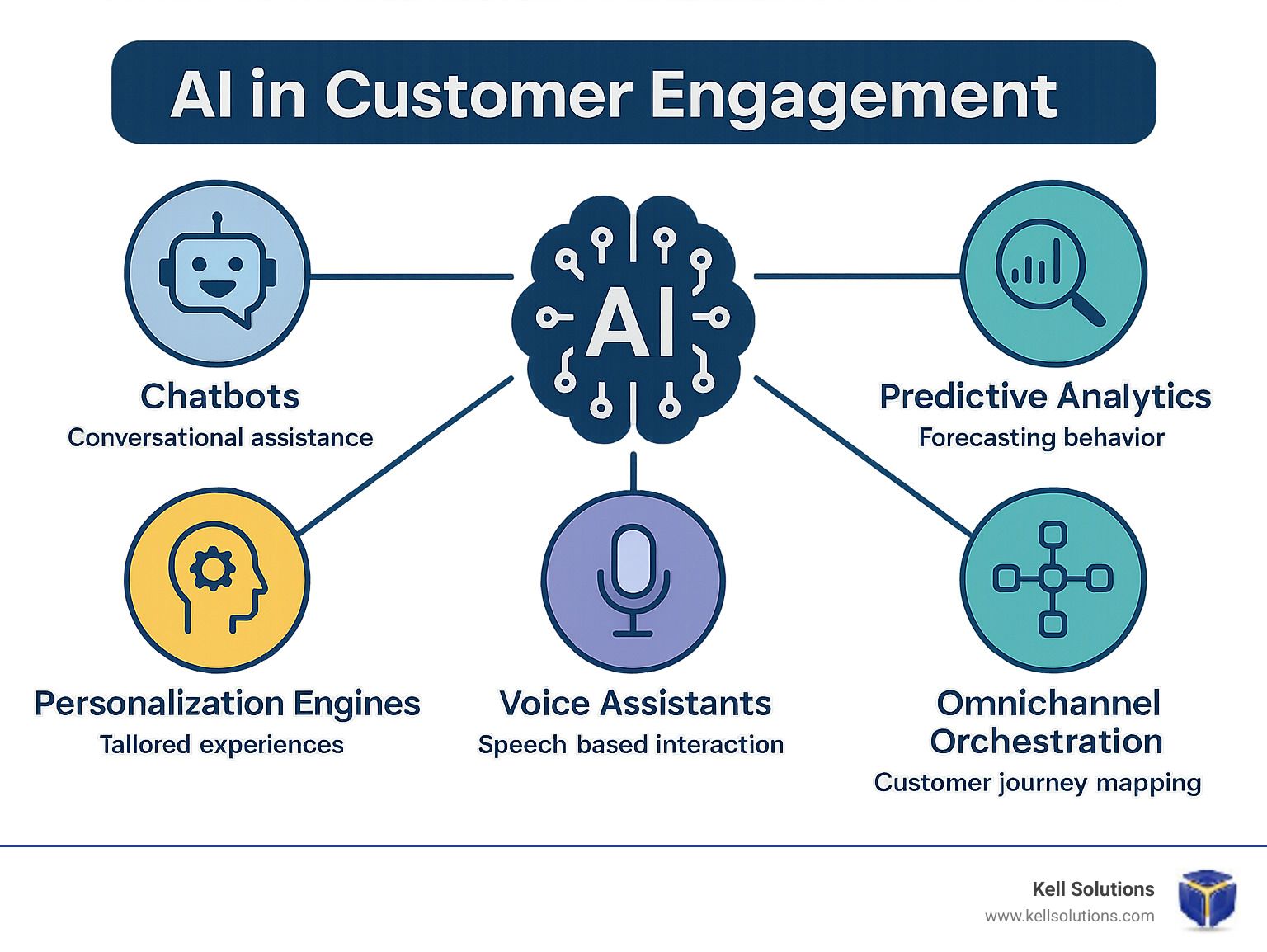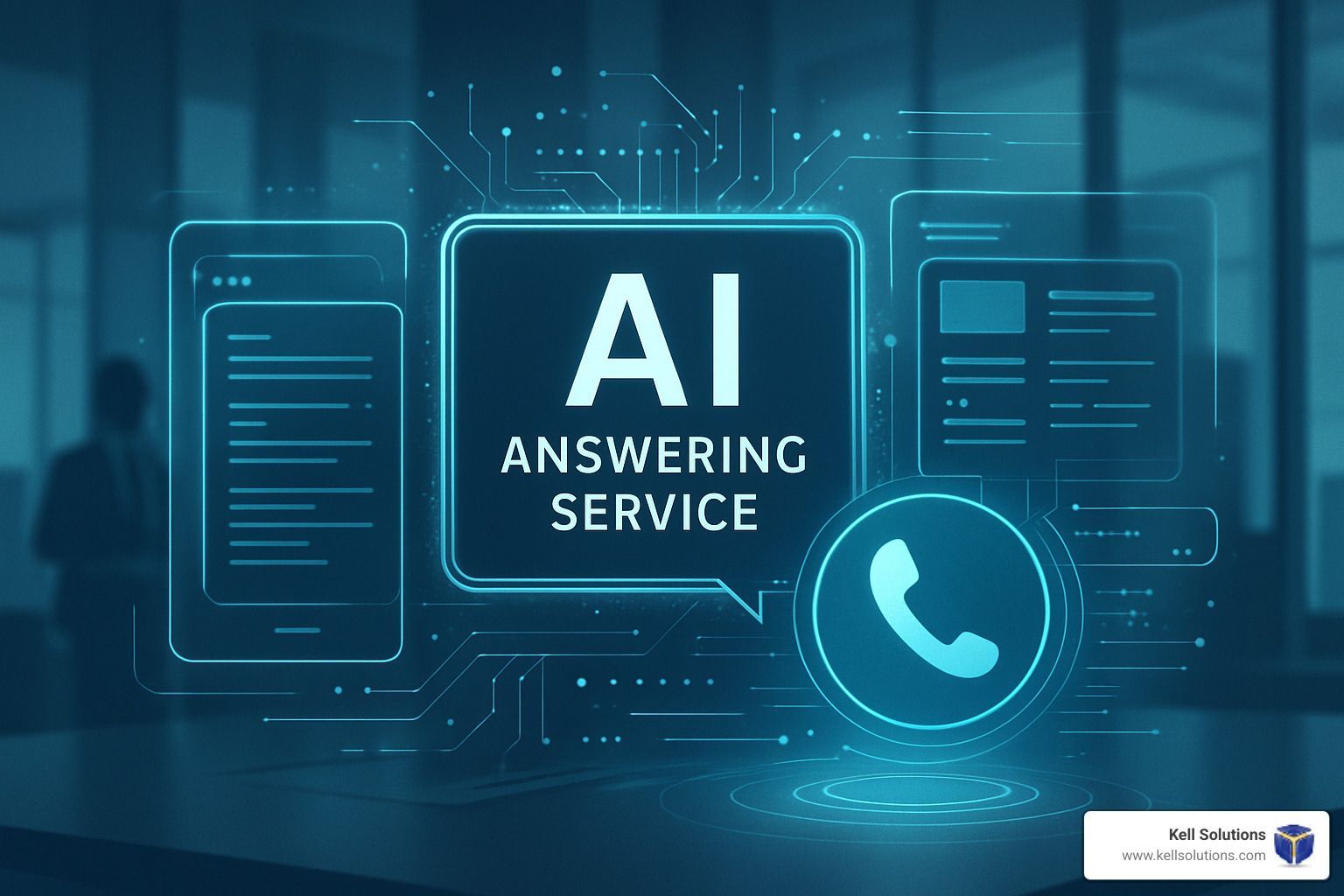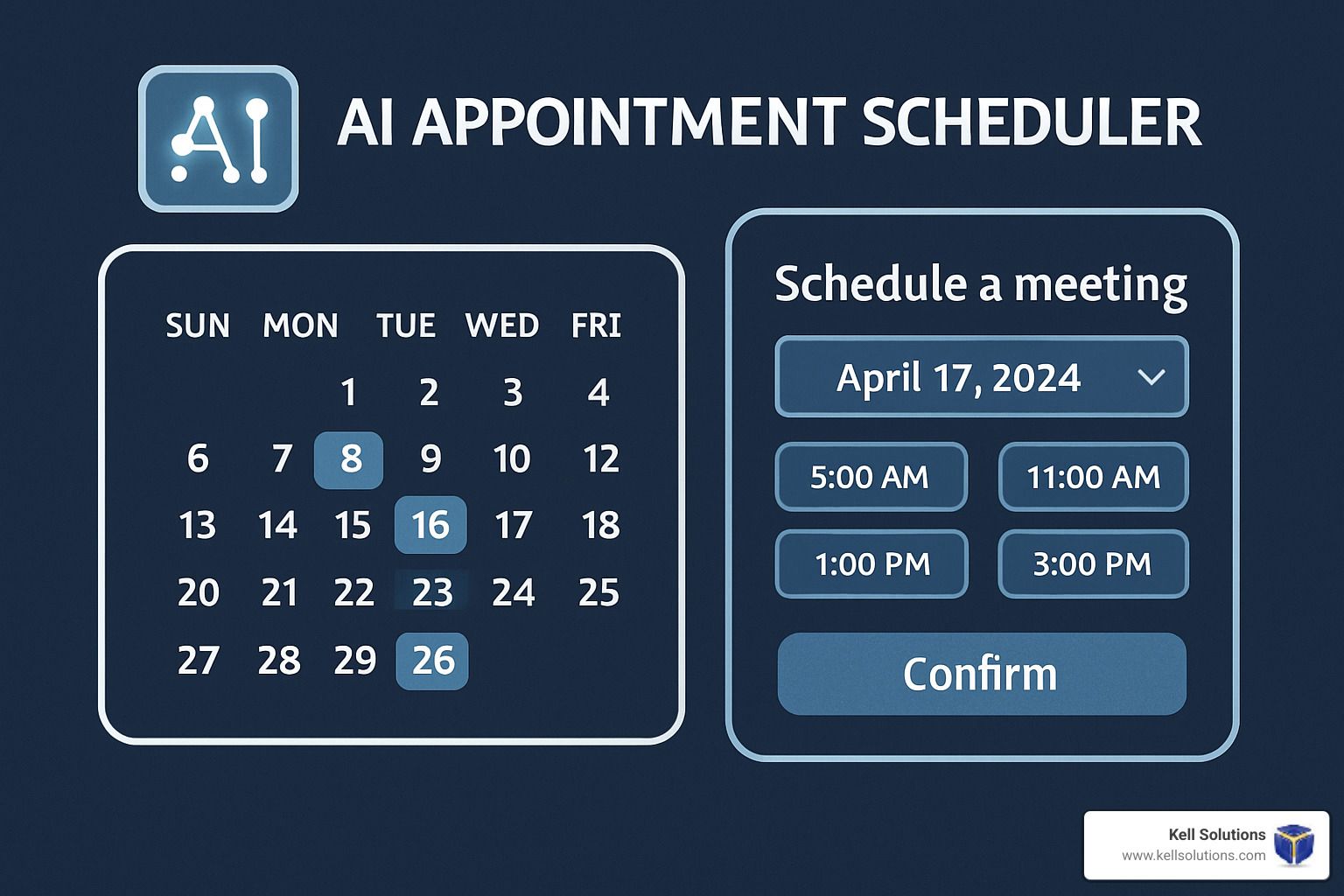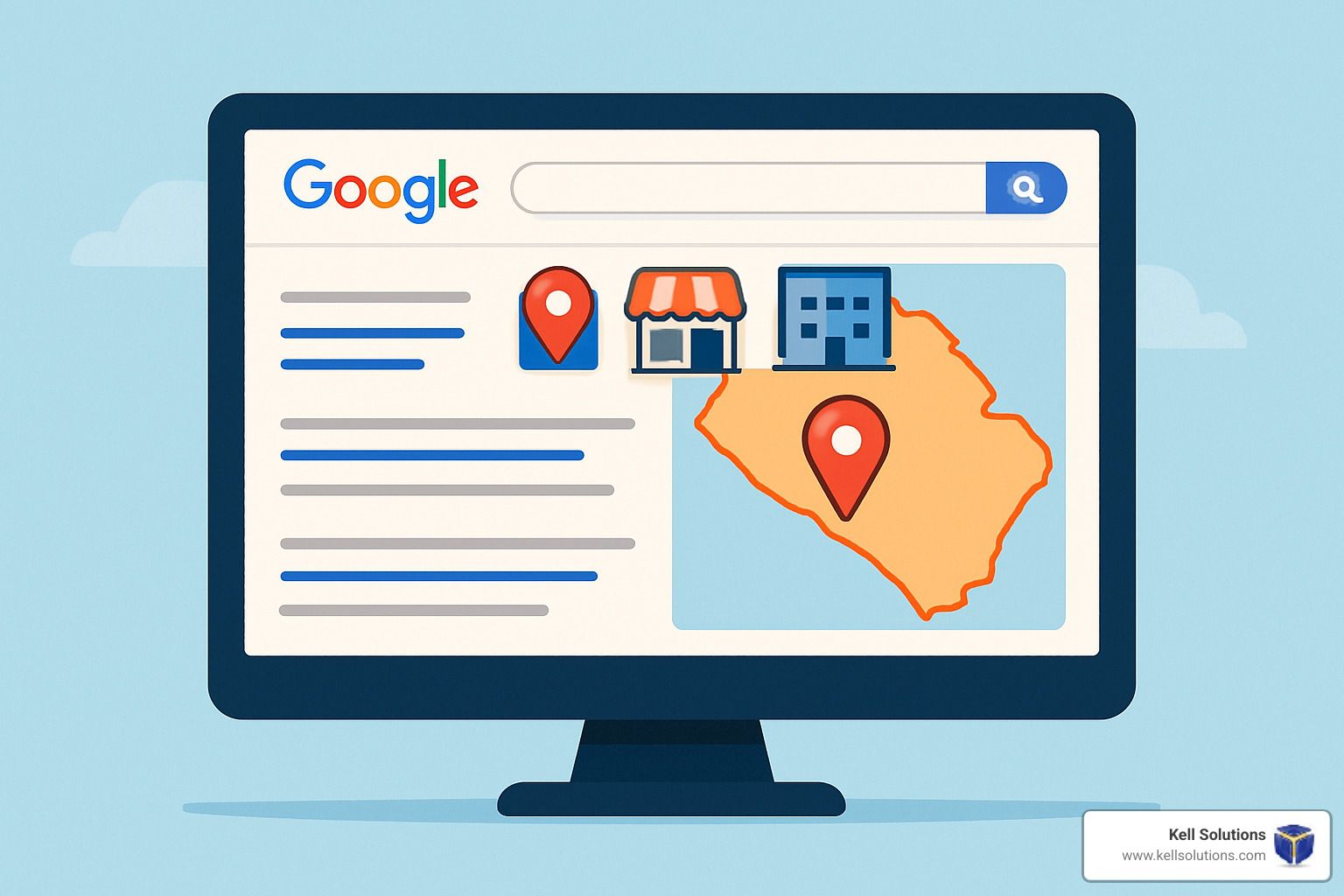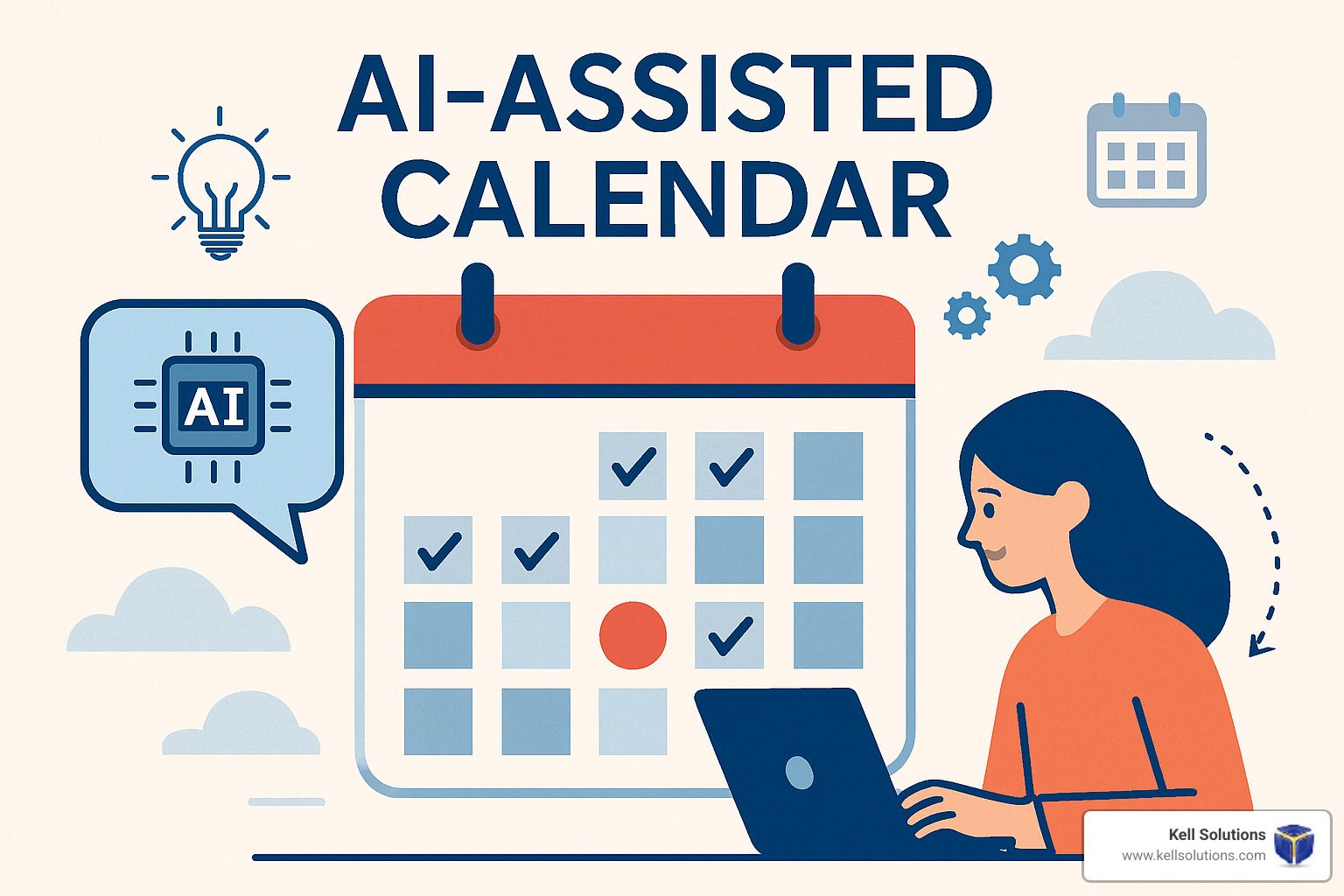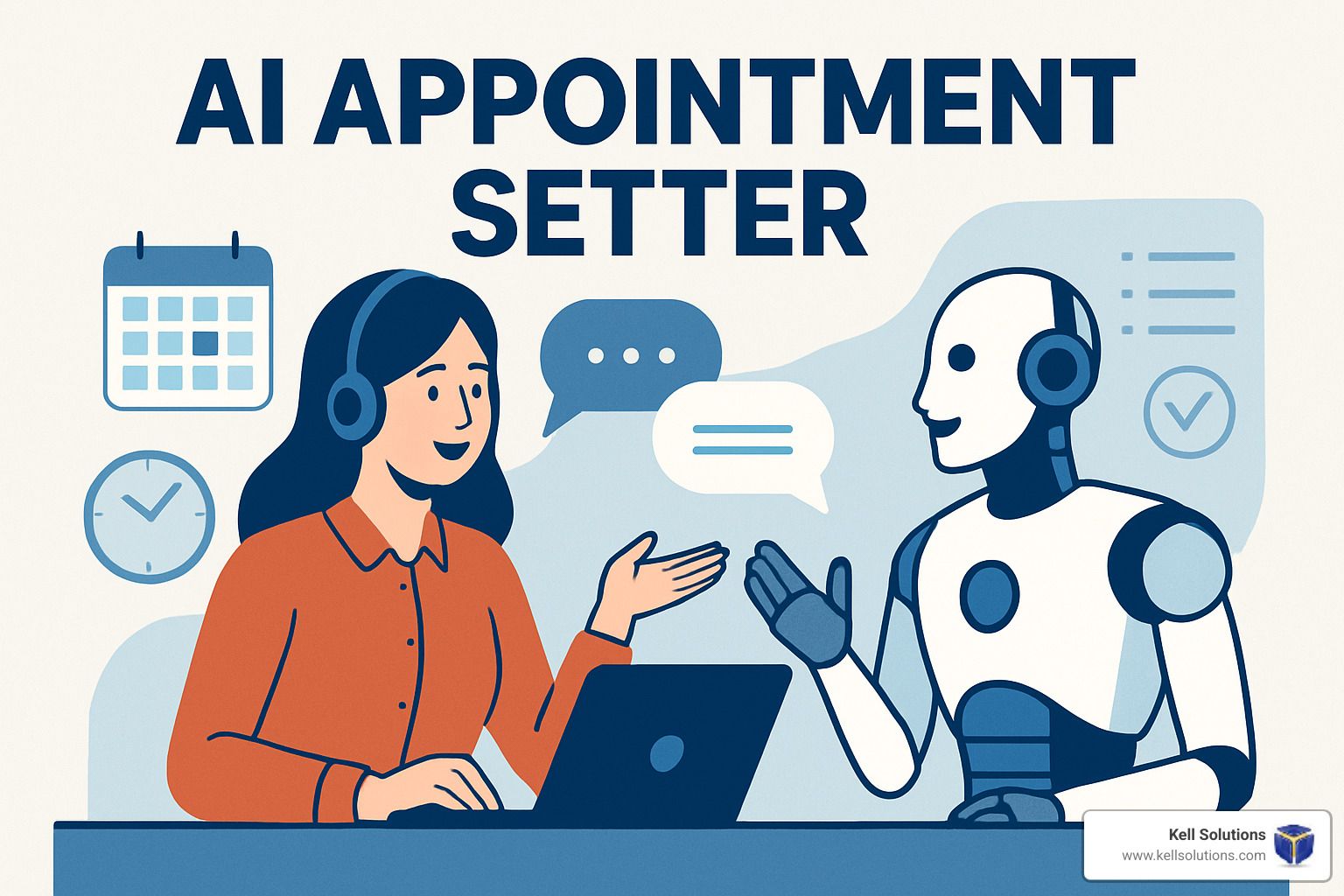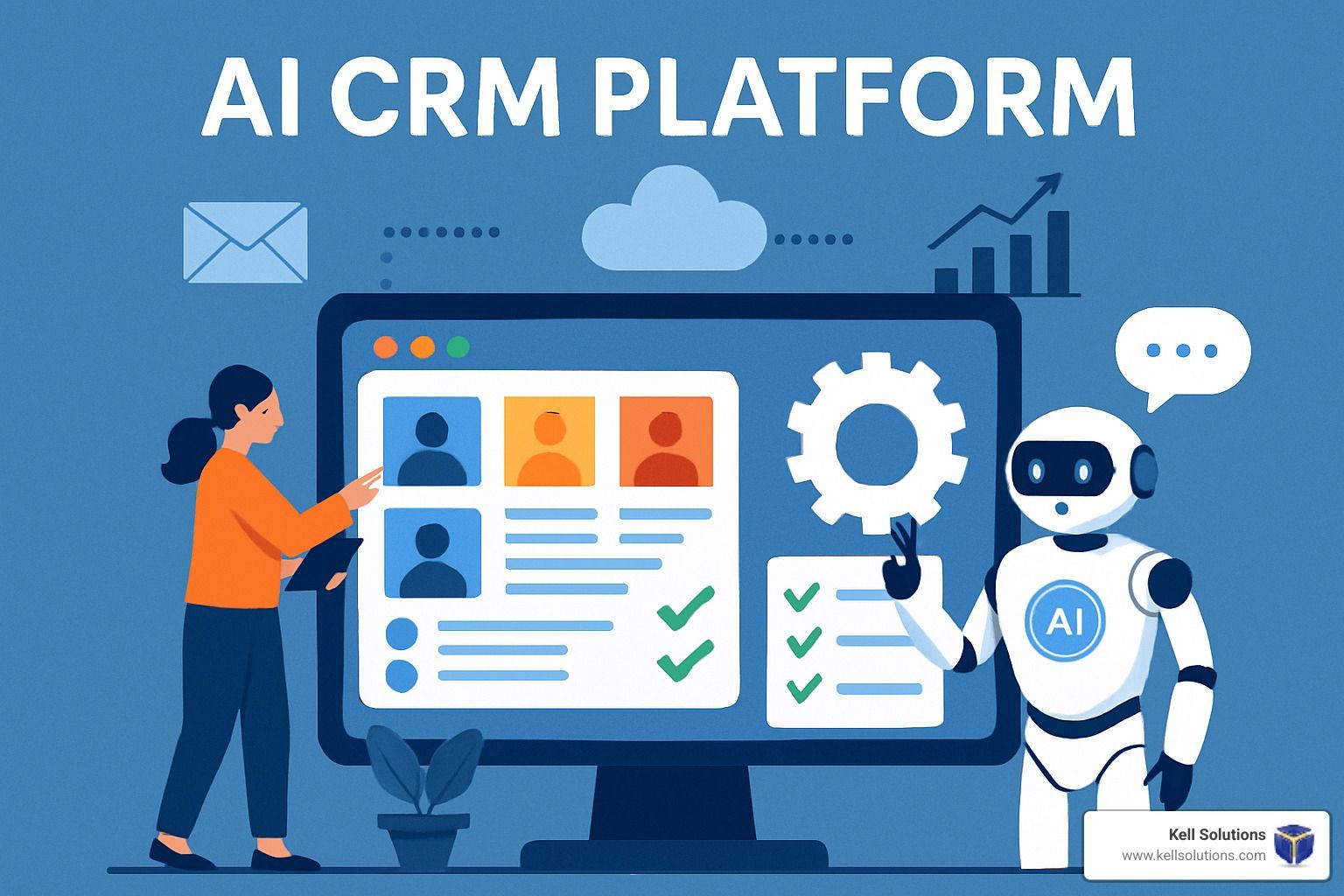AI ROI for Small Businesses Seeking Profitability
Evaluating Performance and Value
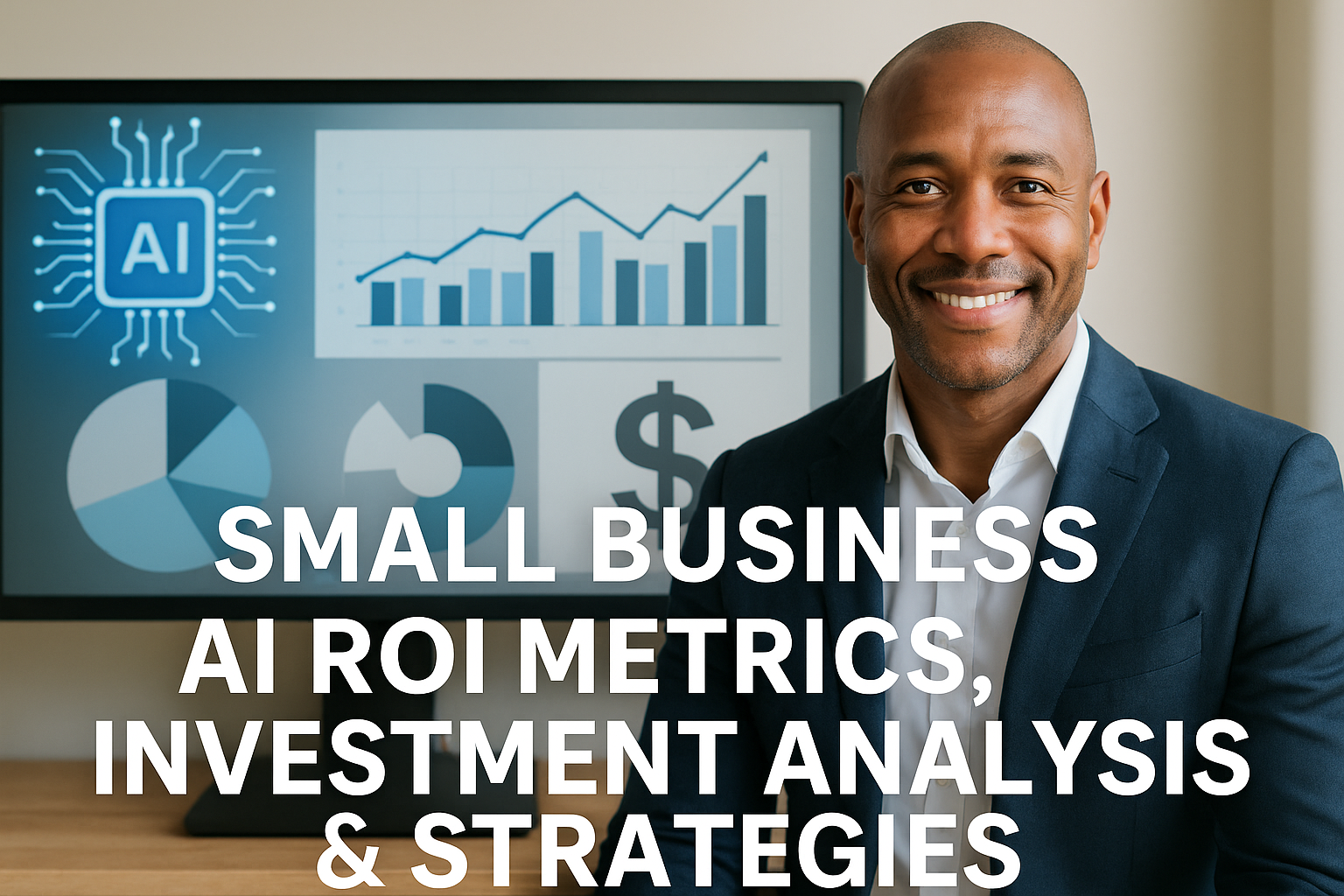
Key Takeaways
- AI can reduce small businesses costs by 15.2%, increase revenue by 15.8%, and boost productivity by 40%.
- Set specific goals for AI tools to align with business objectives and measure success accurately.
- To calculate AI ROI, use both tangible (cost reduction) and intangible (customer satisfaction) metrics.
- Initial AI setup costs can be underestimated by 40-60%; plan and budget carefully.
- Track performance regularly to ensure AI investments align with expected outcomes and business growth.
Maximizing ROI from AI Investments in Small Businesses
Investing in AI can be transformative for small businesses, but understanding how to maximize the return on investment (ROI) from AI initiatives is crucial. To start, align your AI goals with your business objectives. This ensures that your AI investments are not only innovative but also practical and beneficial to your core operations.
AI Goals Alignment with Business Objectives
First and foremost, any AI initiative should begin with a clear understanding of your business goals. Are you looking to reduce operational costs, improve customer service, or increase sales? Each of these objectives will guide how you implement AI and measure its success.
For instance, if your primary goal is to enhance customer service, your AI strategy might focus on chatbots and automated support systems. These tools can handle routine inquiries, allowing human staff to focus on more complex issues. This not only improves efficiency but also enhances the customer experience, potentially leading to increased customer loyalty and sales.
Establishing Clear Performance Metrics for AI ROI for Small Businesses
Once your goals are set, the next step is to establish clear performance metrics. These metrics will serve as benchmarks to evaluate the success of your AI initiatives. Consider metrics such as cost savings, time reductions, and customer satisfaction scores. By having these metrics in place, you can regularly assess whether your AI investments are delivering the desired outcomes.
Let's say your goal is to reduce costs. You might track metrics like the percentage reduction in labor costs due to automation or the decrease in customer service response times. These tangible metrics will provide a clear picture of how AI is impacting your bottom line.
Basline Data and Benchmarking Techniques
Before implementing AI, it's essential to gather baseline data. This data serves as a point of comparison to measure the impact of AI. Without it, you won't have a clear understanding of whether your AI initiatives are improving performance or just maintaining the status quo.
Benchmarking techniques are also valuable. Compare your business performance with industry standards or similar businesses that have successfully integrated AI. This will help you set realistic expectations and identify areas where AI can offer the most value.
AI ROI for Small Businesses: Understanding AI ROI Metrics
Understanding how to measure AI ROI for Small Businesses is key to assessing the value of your investments. AI ROI metrics should encompass both tangible and intangible benefits to provide a comprehensive view of AI's impact on your business.
Cost Savings via Automation
One of the most immediate benefits of AI is cost savings through automation. By automating routine tasks, businesses can reduce labor costs and increase efficiency. For example, AI can automate data entry, appointment scheduling, and inventory management, freeing up staff to focus on more strategic tasks.
Consider this: a small retail business that uses AI to manage inventory might see a significant reduction in overstock and stockouts, leading to cost savings and increased sales. These tangible savings contribute directly to a positive ROI.
AI ROI for Small Businesses: Improving Operational Efficiency
AI can significantly enhance operational efficiency by streamlining processes and reducing errors. For instance, AI-powered analytics tools can provide real-time insights into business operations, allowing for quicker decision-making and more agile responses to market changes.
Moreover, AI can help optimize supply chain management, ensuring that products are delivered on time and at the lowest possible cost. This not only improves customer satisfaction but also boosts profitability by reducing waste and inefficiencies. For more insights, explore how to measure the ROI of AI in your business strategies.
Customer Satisfaction Enhancements
AI's ability to enhance customer satisfaction cannot be overstated. By providing personalized experiences and instant support, AI tools can significantly improve how customers perceive your brand. This can lead to increased customer loyalty and repeat business.
For example, AI-driven recommendation engines can offer customers personalized product suggestions, increasing the likelihood of additional purchases. Similarly, AI chatbots can provide 24/7 support, ensuring that customer inquiries are handled promptly and effectively.
Investment Analysis for AI ROI for Small Businesses
Conducting a thorough investment analysis is essential for understanding the financial implications of AI. This analysis will help you determine whether the potential benefits justify the costs and guide your decision-making process.
AI ROI for Small Businesses: Assessing Implementation Costs
AI implementation costs can vary widely, depending on the complexity of the solution and the level of customization required. It's important to consider not only the initial setup costs but also ongoing expenses such as maintenance, updates, and training.
For example, implementing a basic AI chatbot or an AI Scheduling Assistant might cost a few thousand dollars, while a more advanced AI-driven analytics platform could require a six-figure investment. Be sure to factor in these costs when calculating your expected ROI.
Long-term vs Short-term ROI Considerations
When analyzing AI investments, it's crucial to distinguish between short-term and long-term ROI. Short-term gains might include immediate cost savings and efficiency improvements, while long-term benefits could encompass sustained revenue growth and enhanced competitive positioning.
Short-term ROI often manifests through quick wins, such as reduced labor costs or faster customer response times. These immediate benefits can help justify the initial investment and demonstrate AI's potential to stakeholders. However, focusing solely on short-term gains can lead to missed opportunities for deeper, more transformative impacts.
Long-term ROI, on the other hand, involves strategic advantages such as improved brand reputation, increased market share, and innovation-driven growth. These benefits require a more patient approach, as they may take time to materialize. Therefore, it's essential to balance both perspectives when planning and evaluating AI investments.
Strategies to Enhance AI ROI
Maximizing the AI ROI for Small Businesses' investments involves implementing strategies that ensure the technology is used effectively and efficiently. Here are some key strategies to consider:
Pilot Testing and Iterative Feedback
Before fully deploying AI solutions, it's wise to conduct pilot tests. These small-scale implementations allow you to evaluate the technology's impact on your business processes and gather valuable feedback. By doing so, you can make necessary adjustments and optimize the AI system before a full rollout.
Iterative feedback is crucial during this phase. Engage employees and stakeholders to gather insights on how the AI tools are performing and identify any challenges or areas for improvement. This collaborative approach helps ensure that the AI system meets the needs of your business and delivers the expected benefits.
Employee Training and Skill Development
Investing in employee training is essential for maximizing AI ROI. As AI tools become more integrated into business operations, employees need to understand how to use them effectively. Providing training and resources ensures that your team can leverage AI's capabilities to their fullest potential.
Consider offering workshops, online courses, or hands-on training sessions to enhance your employees' AI skills. This investment not only boosts productivity but also empowers your workforce to drive innovation and continuous improvement.
Regular System Updates and Maintenance
AI systems require regular updates and maintenance to remain effective and secure. As technology evolves, staying current with the latest advancements ensures that your AI tools, like AI-Powered CRM Solutions, continue to deliver value and remain aligned with your business objectives. For more insights on how to measure AI's impact, check out this guide on measuring the ROI of an AI agent in your business.
Schedule routine system checks and updates to address any technical issues and optimize performance. Additionally, keep an eye on emerging AI trends and innovations to identify new opportunities for enhancing your AI strategy.
Common Pitfalls in Calculating AI ROI
Calculating AI ROI can be challenging, and several common pitfalls can lead to inaccurate assessments. Being aware of these pitfalls helps ensure a more accurate evaluation of your AI investments.
Overlooking Long-term Benefits
One common mistake is focusing too heavily on short-term gains and overlooking the long-term benefits of AI. While immediate cost savings and efficiency improvements are important, the strategic advantages of AI often unfold over time.
Consider the potential for AI to drive innovation, enhance customer experiences, and strengthen your competitive position. These long-term benefits can significantly impact your business's success and should be factored into your ROI calculations.
Ignoring Intangible Benefits
Intangible benefits, such as improved customer satisfaction and employee morale, can be difficult to quantify but are critical to AI ROI. These benefits contribute to brand loyalty, employee retention, and overall business growth.
To capture the full value of AI, consider using qualitative metrics, such as customer feedback and employee satisfaction surveys, alongside traditional financial metrics. This holistic approach provides a more comprehensive view of AI's impact on your business.
Data Quality and Consistency Issues
- Inaccurate or inconsistent data can distort ROI calculations and lead to misleading conclusions.
- Ensure that your data is clean, accurate, and well-structured before using it to assess AI performance.
- Implement robust data management practices to maintain data quality over time.
By addressing data quality issues, you can ensure that your ROI calculations accurately reflect the true impact of AI on your business. This clarity enables informed decision-making and strategic planning.
Example Calculations and Case Studies
To illustrate the concepts discussed, let's explore some example calculations and case studies that demonstrate successful AI implementations in small businesses.
Successful AI Adoption in Small Businesses
Consider a small e-commerce business that implemented an AI-driven recommendation engine. By analyzing customer behavior and preferences, the AI tool provided personalized product suggestions, leading to a 20% increase in sales and a 15% reduction in cart abandonment rates.
Another example involves a small manufacturing company that adopted AI-powered predictive maintenance. By monitoring equipment performance in real-time, the company reduced downtime by 30% and extended the lifespan of its machinery, resulting in significant cost savings.
Learnings from Case Studies
These case studies highlight the importance of aligning AI solutions with specific business goals and measuring success through relevant metrics. They also underscore the value of pilot testing and iterative feedback in optimizing AI performance.
By learning from these examples, small businesses can identify opportunities for AI integration and develop strategies to maximize ROI. The key is to approach AI investments strategically, with a focus on both immediate gains and long-term benefits.
ROI Calculation Examples
Calculating ROI for AI investments involves considering both costs and benefits. Let's look at a simple example. Suppose a small business invests $10,000 in an AI-powered customer service chatbot. The business expects to save $15,000 annually in labor costs due to reduced staffing needs. The ROI calculation would be as follows:
ROI = (Net Benefits / Total Costs) × 100
ROI = (($15,000 - $10,000) / $10,000) × 100 = 50%
This example demonstrates a 50% ROI, indicating that the AI investment is profitable. However, it's essential to consider both tangible and intangible benefits for a comprehensive assessment.
Final Recommendations for Small Business AI Investments
To ensure successful AI integration and maximize ROI, small businesses should adopt a strategic approach. This involves aligning AI investments with business goals, regularly assessing performance, and adapting strategies as needed.
Start Small and Scale Gradually
Begin with a pilot project to test AI's impact on a specific area of your business. This allows you to evaluate its effectiveness and make necessary adjustments before scaling up. Starting small also minimizes risk and helps build confidence in AI's capabilities.
As you gain experience and insights, gradually expand AI applications across different business functions. This phased approach ensures that AI integration is manageable and sustainable.
Continuous Monitoring and Adaptation
Regularly monitor AI performance using established metrics and benchmarks. This ongoing assessment helps identify areas for improvement and ensures that AI investments continue to deliver value. Be prepared to adapt your AI strategy based on changing business needs and technological advancements.
Align AI with Business Growth Strategies
Ensure that AI initiatives align with your broader business growth strategies. This alignment ensures that AI investments contribute to achieving long-term business objectives, such as expanding market share, enhancing customer experiences, and driving innovation.
By integrating AI into your growth strategy, you can leverage its potential to create competitive advantages and unlock new opportunities for success.
Frequently Asked Questions
Addressing common questions can help clarify AI's role in small businesses and guide decision-making.
What is the typical ROI timeframe for AI investments?
The ROI timeframe for AI investments varies depending on the complexity of the solution and the specific business goals. However, businesses can often expect to see tangible benefits within 6 to 12 months of implementation.
How much should a small business invest in AI?
The investment amount depends on the business's size, goals, and the complexity of the AI solution. Small businesses should start with a budget that aligns with their specific needs and allows for scalability as they gain experience and insights.
How do intangible benefits affect AI ROI?
Intangible benefits, such as improved customer satisfaction and employee morale, play a crucial role in AI ROI. While challenging to quantify, these benefits contribute to long-term business growth and success.
Consider using qualitative metrics, such as customer feedback and employee satisfaction surveys, to capture these intangible benefits alongside traditional financial metrics.
What data is needed to calculate AI ROI effectively?
To calculate AI ROI effectively, businesses need accurate and consistent data on costs, benefits, and performance metrics. This includes baseline data, financial metrics, and qualitative insights to provide a comprehensive assessment.
How can a small business ensure successful AI integration?
- Align AI investments with business objectives.
- Conduct pilot tests and gather iterative feedback.
- Invest in employee training and skill development.
- Regularly monitor AI performance and adapt strategies as needed.
- Maintain data quality and consistency for accurate ROI calculations.
By following these guidelines, small businesses can effectively integrate AI into their operations and maximize the potential benefits. With a strategic approach, AI can become a powerful tool for driving growth, innovation, and success.
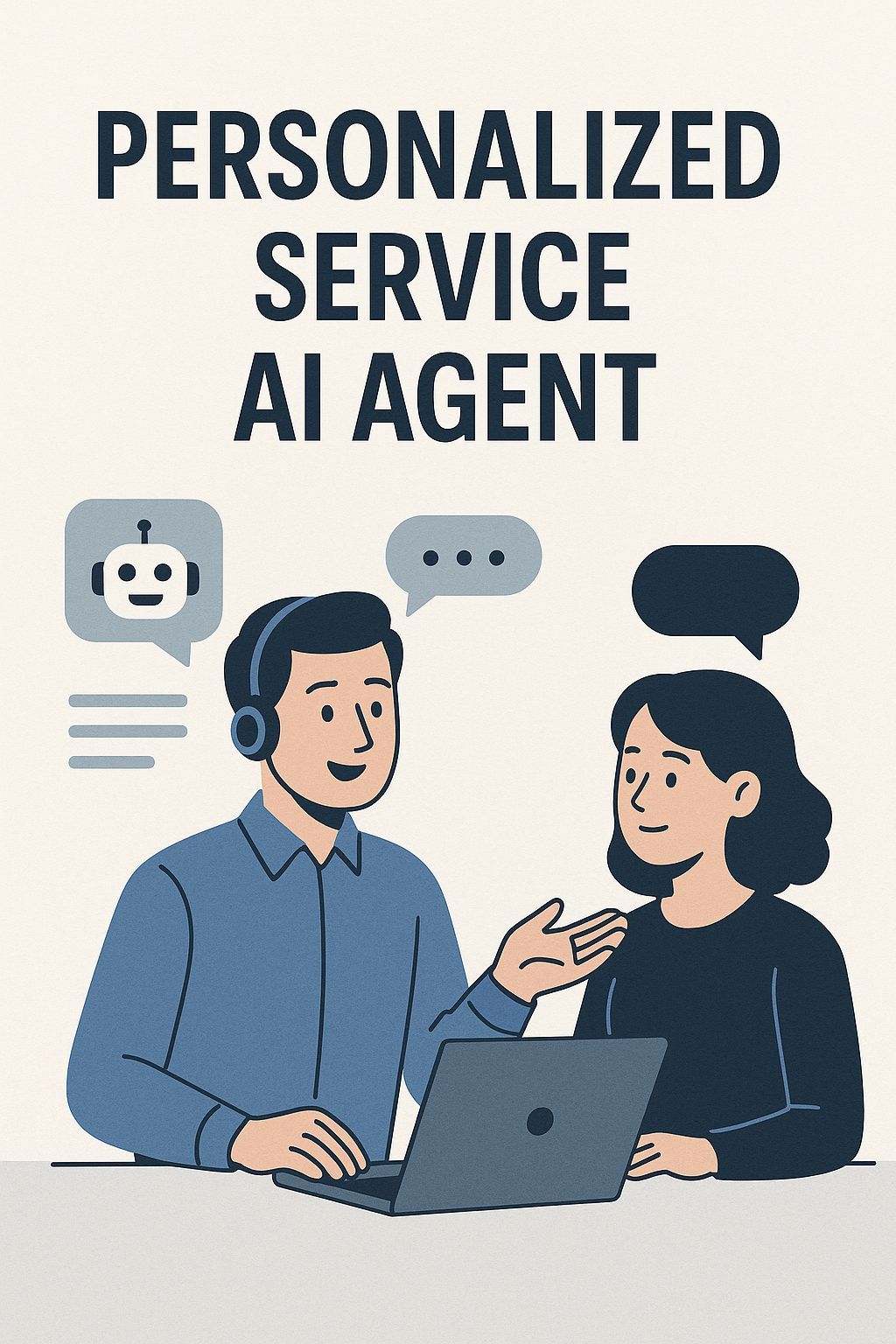

Orange County HVAC Google AI Overview Domination: 7 Proven Strategies to Capture Featured AI Results





